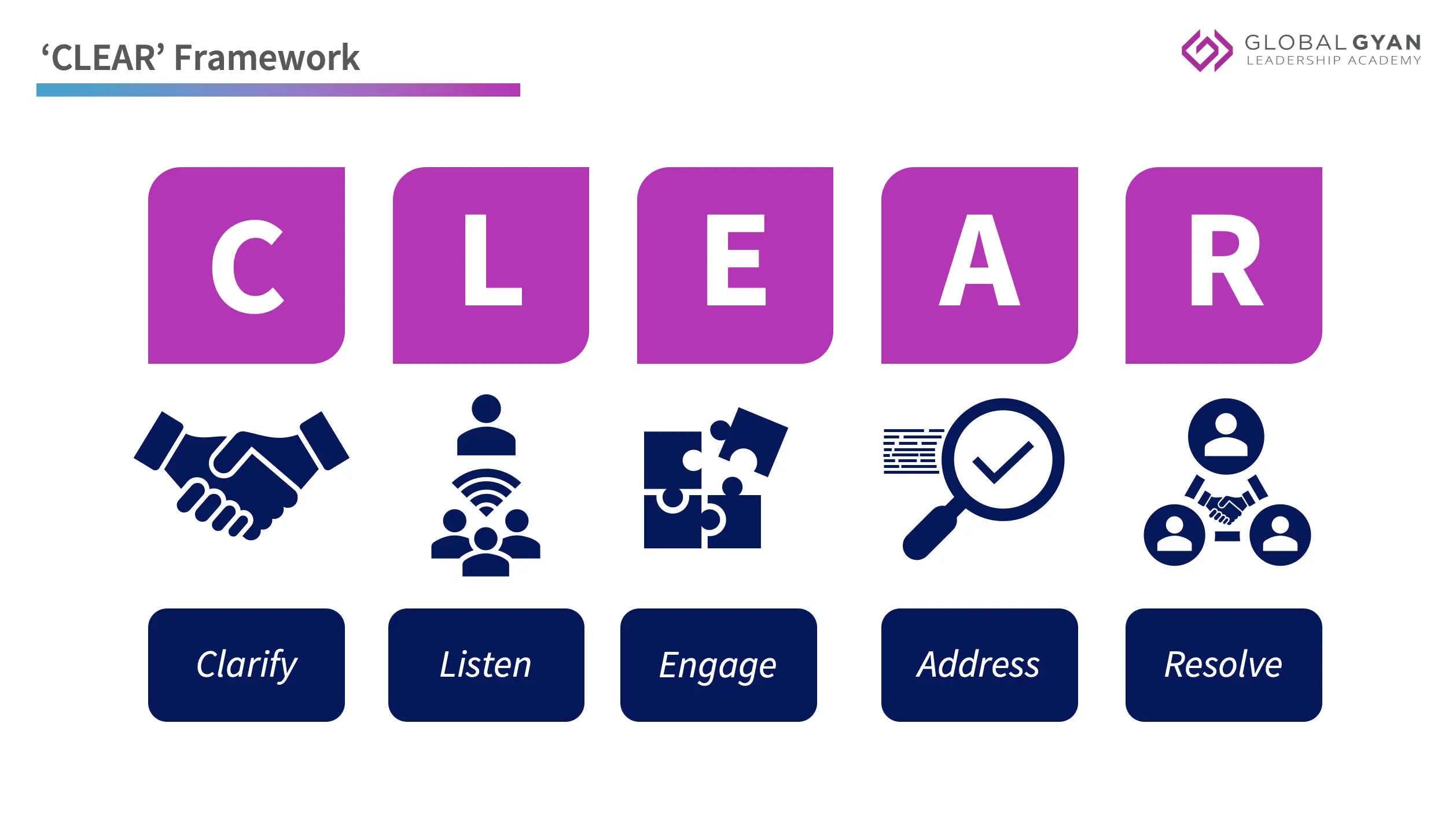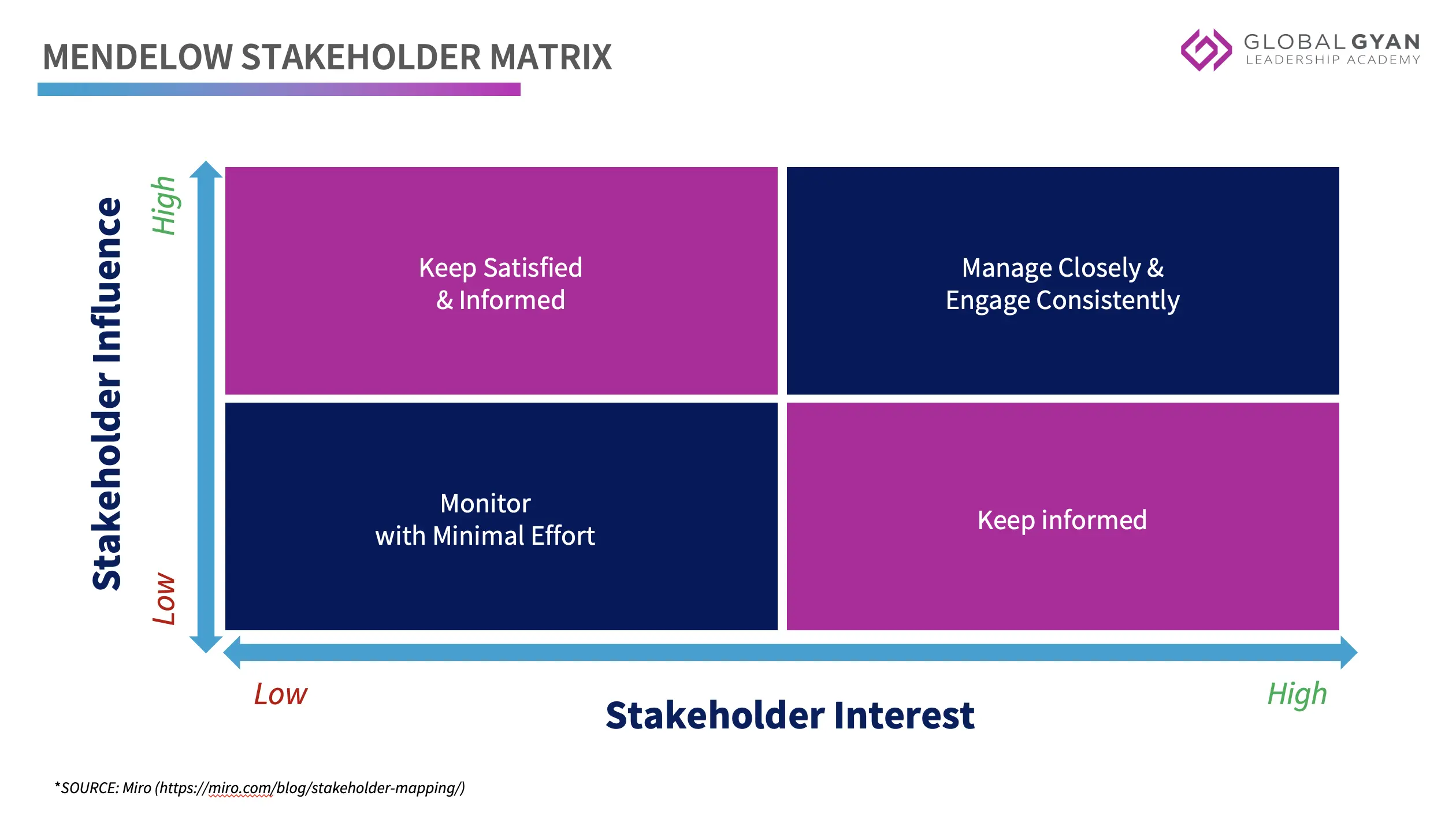How to Deal with Office Politics like a Pro?


Aroop (not his real name), a mid-level manager at a leading IT firm, found himself entangled in a complex web of office politics. His team had been assigned a major project with the organisation’s top-billing client. Aroop and his team would need to develop a brand new payroll system for the client from scratch and thereafter, take care of the training, on-boarding and yearly maintenance of the system.
Aroop and his team had managed to impress the client within the first month of working on the project itself. After carefully procuring the necessary requirements and deliverable timelines, Aroop and his team worked diligently, day and night, to deliver one milestone after another in record time. Their association with the client burgeoned over the next year and both were anticipating a timely launch of the system in the next quarter.
However, at the nth hour, Aroop was informed by his boss that the CEO had got on a call with the client regarding the non-disbursement of outstanding payments and how unethical their behaviour had been. They subsequently had a huge fallout, due to which the CEO was planning to scrape the project altogether. Aroop had until a week to fix the following in order to ensure that the team’s efforts were duly rewarded and the client could be retained for future projects:
- Convince the CEO that the client was a bigwig and had the potential to bring in more business and sustained goodwill for the organisation—the converse was also true, i.e. the client could slander Aroop’s organisation and get them blacklisted, eventually.
- Follow up with the client to close any outstanding dues before the next quarter.
- Inform his team about the incident which had escalated from a minor hiccup to a major catastrophe in under 24 hours.
With so many challenges and corporate egos to juggle, Aroop was confounded at the sheer magnitude of the task at hand. The biggest obstacle that lay ahead of him was to mediate a truce between the CEO and the client, both of whom remained unyielding and firm on their ground. Could Aroop pass the test with flying colours or would his (and his team’s) efforts go to waste?
As a mid-level manager, do you often find yourself at a crossroad like Aroop? If the answer is yes, then you are staring right in the eye of the beast called ‘corporate politics’. In this day and age, office politics is not just a buzzword; it’s a reality that many mid-level managers grapple with on a daily basis. In fact, according to a recent survey by Deloitte, 85% of Indian professionals believe that office politics exist in their workplace, impacting their career growth and job satisfaction.
Organisational politics is a social influence process in which behaviour is strategically designed to maximise short- or long-term self-interest, consistent with or at the expense of the interests of others.
– Miller, Rutherford & Kolodinsky
In this article, we will cover:
Why Office Politics is not All Bad News
Office politics may well be indicative of a toxic workplace, but it is not unheard of and therefore, it is not all that hard to deal with. Because organisations are inherently political in nature, i.e. they have a definite structure, hierarchy, divisions and sub-divisions, people not only have to work within these confines but they also need to learn to make their way up to the top by asserting influence and leading others.
The end goal of any working professional is to make a real difference in society, whether it be by themselves or through established organisations is secondary to the cause. Being a part of this higher order purpose fuels one’s own growth and development. If wielded wisely, the power that accompanies leadership positions can prove to be incredibly fruitful and rewarding.
If you want to make an impact in your own organisation, like it or not, you’re going to need to learn to play the game. That doesn’t mean you have to play dirty, but you have to figure out how to influence those around you.
Oftentimes, employees in Indian organisations have confessed to participating in office politics lest they become victims of the game themselves. While unethical on paper, there are ethical means of dealing with office politics which can yield several benefits in the long term. So, without further ado, let us explore two novel techniques to cope with office politics like a pro:
1. Conflict Avoidance Strategies
Conflicts among team members and between managers and team members can lead to deflated team morale and reduced productivity in no time. It doesn’t take glass long to shatter, but to put the pieces back together takes an eternity. Office politics works just like that—it compels people to take sides and employ underhanded schemes to gain unfair advantage, exacerbating an already difficult situation.
Seasoned managers, who know their team inside out, need to work to pre-emptively address conflicts so as to not let bad blood does fester for long within teams. While several conflict resolution models are available for managers to trial and test, it may be wise to go a step further and utilise conflict avoidance strategies.
Conflict avoidance strategies involve developing techniques to manage and mitigate unnecessary conflicts in the workplace. This involves managers to proactively address potential sources of conflict, promote constructive dialogue and maintain a positive and productive work environment. The CLEAR framework can be exceptionally useful in this case.

- Clarify Expectations: Ensure clarity around roles, responsibilities and expectations to minimise ambiguity and prevent misunderstandings that can lead to conflict.
- Listen Actively: Foster a culture of open communication and active listening within the team, where team members feel heard, valued and respected.
- Engage in Collaboration: Encourage a collaborative mindset among team members, where individuals prioritise collective goals and work together towards shared objectives.
- Address Issues Directly: Proactively address conflicts and issues as they arise, rather than allowing them to escalate or fester over time.
- Resolve Constructively: Facilitate constructive dialogue and problem-solving to find mutually acceptable solutions to conflicts, focusing on win-win outcomes.
2. Stakeholder Mapping:
Meet Maya (not her real name), a marketing manager at a leading advertising agency, who faced staunch resistance from the sales team regarding a product launch strategy she had proposed for a trendy new client. Due to their recent partnership, the client encouraged fresh and vibrant ideas; however, the sales team was more old-school and preferred to play it safe. Maya felt trapped and overwhelmed. One the one hand, she wished to pursue her ideas and impress the client, but on the other, she also realised that the quantum of effort and costs would significantly increase if her firm were to run an audacious campaign from scratch, as the sale team argued.
“I then thought I should try to take a logical approach and map out my stakeholders, just to see whether a compromise can be reached anywhere. If the client can agree to fund part of the promotional campaign and lend some interns to shoot and feature in a short film, which was one of the highlights of my proposal, that would help me get buy ins from my sales team,” Maya recounted in a workshop session.
Stakeholder mapping is a strategic tool used to identify and analyse the individuals or groups who have an interest in or are affected by a project, decision, or action. This framework helps managers understand the power dynamics and alliances within their organisation, enabling them to effectively engage key stakeholders and garner support for their initiatives.
- Identify stakeholders: Brainstorm an exhaustive list of all potential stakeholders who may have an interest in or be impacted by the project. These may be senior executives, team members, cross-functional departments as well as external stakeholders like clients, suppliers and regulatory bodies.
- Prioritise stakeholders: Assess the level of influence and interest each stakeholder holds in the project. Prioritise those with high influence and high interest.

3. Analyse stakeholders: Gather information about each stakeholder’s motivations, priorities and potential concerns related to the project through surveys, one-on-one meetings or informal conversations.
4. Develop engagement strategies: Based on the stakeholder analysis, tailor communication and engagement strategies—for instance, regular updates and stakeholder meetings—to effectively address their interests and concerns.
5. Continuously monitor and adapt: Stakeholder dynamics may change throughout the project lifecycle. Regularly revisit the stakeholder map, update stakeholder profiles and adjust engagement strategies as needed to maintain stakeholder alignment and support.
Maya shared her mapping table with us during the workshop for which she had specific action plan outlined for each identified stakeholder:
Stakeholder | Influence Level | Interest Level | Motivations/ Priorities | Potential Concerns |
|---|---|---|---|---|
CMO & other C-Suite Executives | High | High | • Client acquisition
• Project success
• ROI
| Budget constraints |
Team Members | Medium | High | • Career development
• Teamwork
• Collaboration
| • Workload
• Buy-ins
• Resource allocation
|
Client | High | Medium | • Product quality
• Timely delivery
| • Cost overruns
• Scope changes
|
By integrating this framework into their day-to-day activities, mid-level managers can effectively cope with office politics in their workplace.
While office politics are known to engender toxic workplaces and stifle managers who want to get the best out of their teams, there are ample ways to cope with politics in the workplace with integrity, confidence and effectiveness, winning over people and organisations in the process.
Have you employed these strategies to beat office politics like a pro? Let us know in the comments section below!






Responses